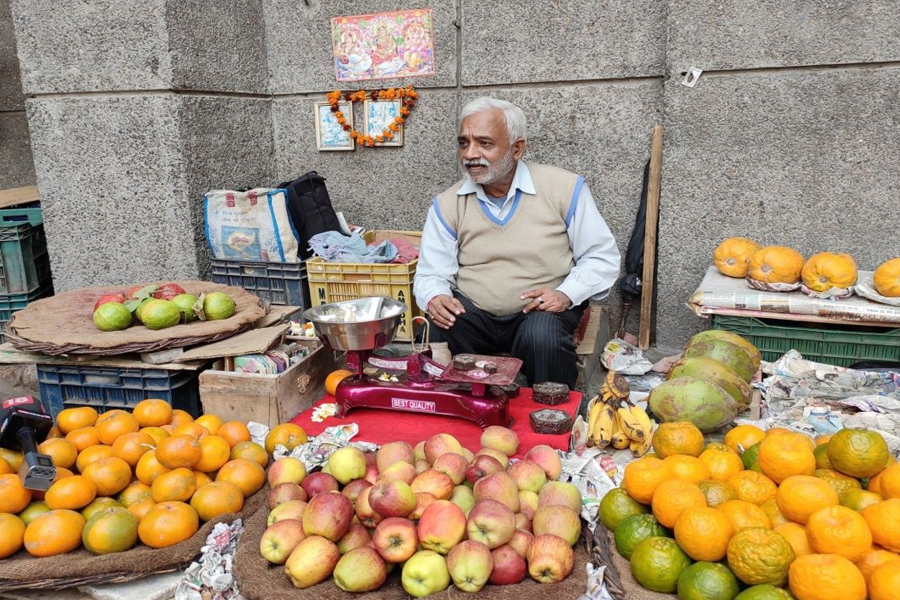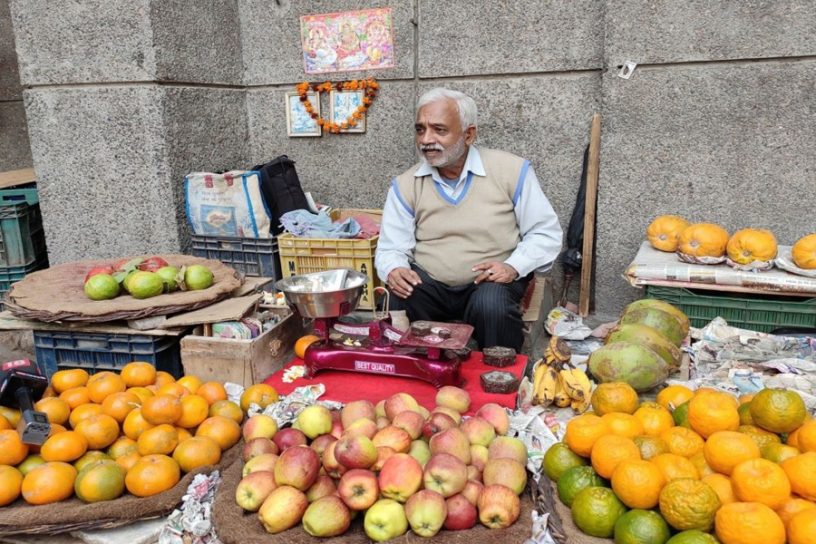
Relief for unorganised MSMEs occupying informal workers, plus tiny micro-enterprises with five to 10 workers, will need to be targeted such that it reaches them in time to save their lives and livelihoods.
Author
Deepanshu Mohan, Associate Professor of Economics and Director, Centre for New Economics Studies (CNES), Jindal School of Liberal Arts and Humanities, O.P. Jindal Global University, Sonipat, Haryana, India.
Summary
The United Nations General Assembly has designated 27 June as “Micro, Small, and Medium-Sized Enterprises Day” to raise awareness about the contributions of MSMEs towards achieving the United National Sustainable Development Goals (SDGs).
Globally, MSMEs roughly account for 90% of businesses, 60-70% of employment and 50% of GDP. As the backbone of societies everywhere, they contribute to local and national economies and sustain livelihoods, particularly amongst the working poor, women, youth, and groups in ‘vulnerable’ situations.
45% of MSME Workforce Is From Rural Areas
In a labour-surplus, highly unorganised employment landscape like India (see Figure above), the importance of MSMEs cannot be overemphasised. For a definition, one can categorise them as “entities with revenue of less than Rs 250 crore” (the existing definition is based on plant and machinery investment).
The MSME sector in India comprises 630 lakh units and is estimated to employ an 11.10-crore large workforce. As much as 45% of the total employed workforce in MSMEs is from rural areas, while 55% is from urban areas. The sector accounts for roughly 30% of India’s GDP (in manufacturing) and adds up to almost 48% of India’s overall exports.
As per the data provided by the 4th Census of MSMEs, almost 86% of the manufacturing MSMEs operating in the country are ‘unregistered’. The output data for unregistered manufacturing from the National Account Statistics (NAS) reveal a notable trend in terms of change in output composition of unregistered manufacturing MSMEs in recent years.
The share of sectors with above-average capital intensity in the total output of unregistered manufacturing has steadily risen from 23% in 1991 to close to 33% in 2013, with a commensurate fall in the share of more labour-intensive sectors (see Figure below). The same trend emerges if we look at the relative share of sectors as per use-based classification: the share of capital goods has steadily increased from 12% in 1971 to 25% in 2013.
Published in: The Quint
To read the full article, please click here.


